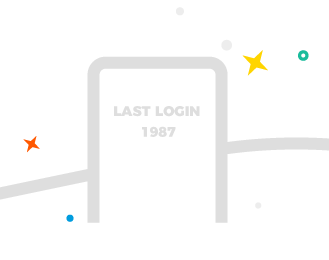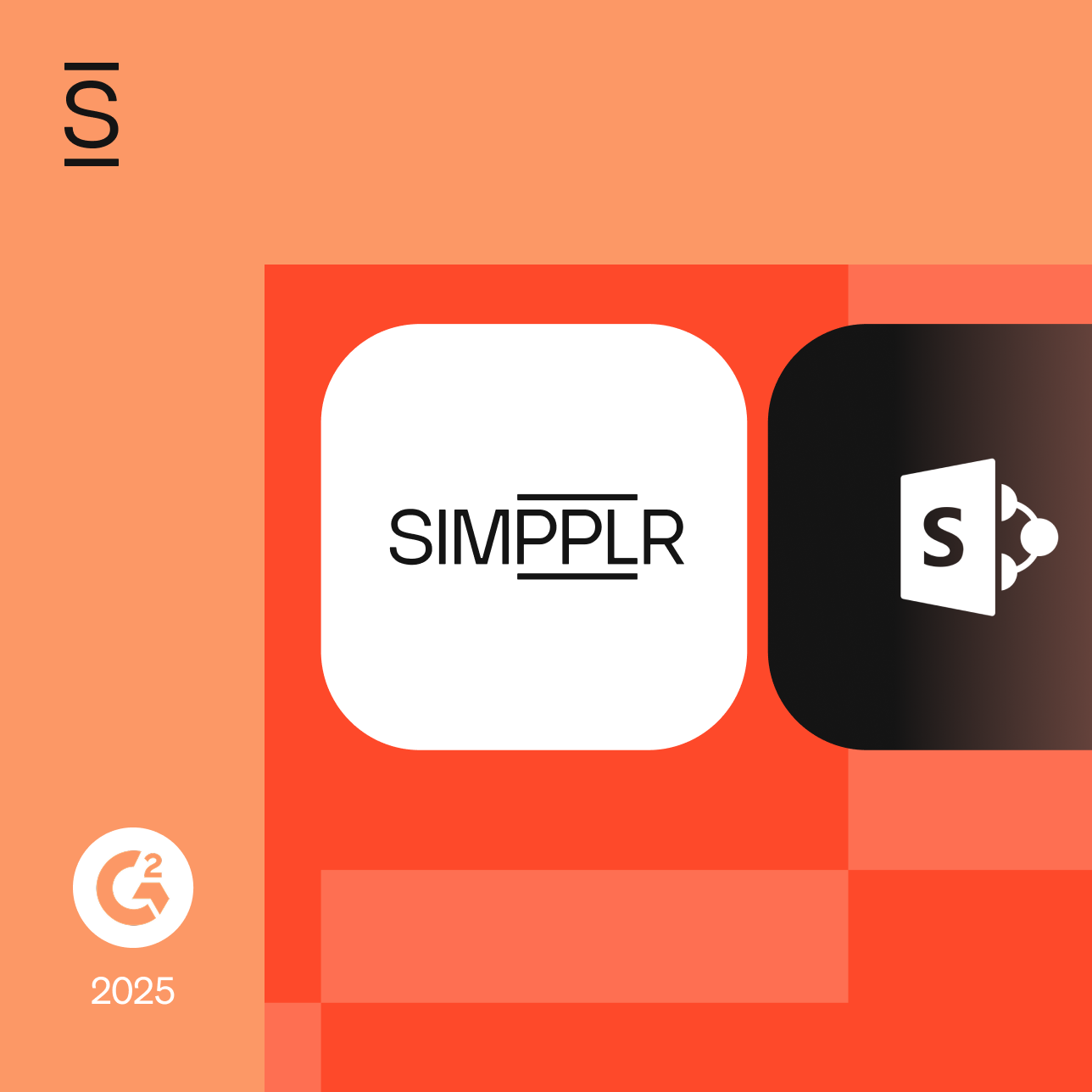There are a variety of solutions available in the marketplace, each offering a different combination of capabilities.
The challenge is to match the needs of the business with the specific platform that best supports employee engagement and improved employee productivity. Based on our experience working with many organizations across the globe, we have devised a 3-step process to help you manage the process of mapping your requirements to selecting your vendor of choice.
1: DEFINE THE PROBLEM
2: DETAIL THE TECHNOLOGY NEEDS
3: SHORT-LIST VENDORS BASED ON THEIR STRENGTHS

STEP 1: Define the Problem
Selecting the most appropriate employee intranet solution begins with defining the problem. The situations outlined below, are the most common areas where we believe an intranet can add significant value to your employee engagement and productivity.
Do you find your organization is going through one or more of these?
I: We have outgrown our current platform (or the current platform can no longer support our business needs)
II: Our workforce is geographically distributed and / or remote
III: Our company is going through a hyper-growth phase and wants to maintain its unique culture

When it comes to collaboration and communication software, transitioning from traditional favorites to an entirely new platform can seem like a no-brainer. After all, the benefits of modernization are clear to those familiar with industry developments, and new technology brings impressive new features like advanced employee communication tools and artificial intelligence.
IT staff can easily spot outgrown intranet platforms. However, the need for change isn’t always as obvious to business leaders. Those who are unfamiliar with technology can be anxious about moving away from familiar resources like Jive and SharePoint.
When first proposing a modern intranet, IT staff typically gets pushback, because managers are concerned about learning a new system. They envision being required to learn web design skills, and they don’t feel comfortable devoting the time necessary to acclimate to complex content-management software. This is particularly relevant when leaders are not yet convinced that the current system is outdated.

The key to leadership buy-in is to make them understand the current total cost of ownership (TCO) for legacy technology is much more expensive than superior alternatives given the high employee maintenance costs. Modern intranets are typically user-friendly, intuitive platforms that make it easy for non-technical users to add and change content in just a few minutes.
High-quality platforms also offer content management features that integrate with other employee applications being used, and they make practical requirements such as custom branding simple to incorporate. Advanced analytics, which are rarely available with traditional software, are often the biggest selling point for managers who are hesitant to move forward, because these figures quantify what is — and is not — effective in engaging employees.
How do you know if this is your organization?
- Our intranet is like a graveyard, our employees rarely log in
- Nobody can ever find what they’re looking for
- We have multiple versions of our corporate documents and cannot find what’s the most up-to-date version
- Our IT team is the bottleneck, anytime we need something changed, they need to be involved
- Our employees use multiple applications and cannot easily navigate across them
Look for these critical features if you’ve outgrown your current platform:
Intuitive User Experience
Employees and managers expect their intranet to save time, and any platform that requires complicated training is unlikely to see much use. To ensure that the intranet becomes a central communication hub, it must offer an intuitive user experience.
Integrations
The goal of a comprehensive intranet is to bring all information, communication, and company systems together in one location. To achieve this goal, you must choose a platform that can integrate with your current applications.
Business User Administration
Taking IT out of the intranet equation means a better experience for employees at every level. There is no need to involve technology specialists for minor changes, addition of content, and intranet structure, which maximizes adoption among users and eliminates the IT bottleneck.
Flexibility
Does the intranet platform allow administrators to define the processes and workflows applicable to your organization? Examples include defining roles and permissions (e.g. who can author what type of content), branding, and approval workflows. Ideally, the intranet platform should adapt to your processes, not the other way around.
II: Our workforce is geographically distributed and / or remote
Historically, intranets have been a one-way communication tool with hundreds or thousands of obsolete pages. Instead of an organized, easy-to-use system, these sites have been cobbled together over years. Changes in administration, mission, and the overall goal of the platform result in content with an inconsistent look and feel, and it is difficult to sort through all of the outdated data to find useful information.
Organizations with a distributed workforce, including those with a high percentage of remote workers, feel the pain of these systems most acutely because there is no clear method of keeping the lines of communication open between distributed team members. Instead, remote workers must make do with incomplete and inconsistent information.
In a world where social media is a primary method of keeping in touch for 70 percent of Americans, employees have high expectations when it comes to the appearance and functionality of business communication tools. Older platforms lack rich media capabilities, making it difficult to share images and videos. This limits the experience of remote workers, who are unable to see and share even the most basic visual aids.
The best employee intranet software is optimized for mobile devices, which means employees can stay connected anytime, anywhere.
Fortunately, new technology has taken the trend towards a virtual workforce into consideration, and advanced tools offer functions specifically designed to improve the experience of remote employees. These engagement platforms have solved the image-sharing problem by incorporating this technology into modern intranets. Employees have a personal dashboard from which they can view and upload pictures and videos, creating endless opportunities for making personal connections with coworkers, who can then respond and comment on posts.
Some of the most popular platforms keep virtual team members connected and engaged through the use of familiar social media features. Examples include employee blogs, alerts, and notifications. In addition, leaders have an opportunity to communicate more frequently, sharing critical information through newsletters and mandatory updates. The best employee intranet software is optimized for mobile devices, which means employees can stay connected anytime, anywhere.
How do you know if this is your organization?
- We lack a cohesive culture across locations and people don’t feel connected to the corporate structure
- Innovation, ideas and best practices are not shared across departments
- Our employees are not up to date with all company activity
- Our employees are not familiar with colleagues outside their department and locations

Look for these critical features if your workforce is geographically distributed:
Mobile App
Mobile devices are deeply embedded in modern lifestyles, and most people don’t leave home without their smartphone. The ability to access the intranet through a mobile app ensures they don’t miss any important communications.
Personalization
A truly robust intranet offers a wide variety of tools and features – far too many to fit on a single dashboard. Giving employees an opportunity to customize their dashboards to include the features they leverage most increases the likelihood that they will use the platform.
Social/Collaboration Features
Today’s employees want the flexibility of working anytime, anywhere. However, they also crave collaboration and social contact. An intranet with social/collaboration features makes it possible to offer your remote workers the best of both worlds.
Multi-Language Support
This feature is primarily relevant to international companies, but there are certainly benefits for businesses exclusively located in the US. Even the most skilled English speakers may consider another language their primary form of communication, and you can increase engagement with multi-language support.
Our company is going through a hyper-growth phase and wants to maintain its unique culture

Rapid expansion, whether from massive hiring efforts or mergers and acquisitions, can wreak havoc on carefully nurtured company cultures. Cohesive groups may fragment into small cliques made up of a few individuals with an underlying common experience.
Even the strongest company culture can break down under these circumstances, as a lack of communication and collaboration pits cliques against each other. High-quality engagement platforms have been shown to mitigate some of the cultural damage that hyper-growth causes by offering employees a common experience.
Company culture is determined by the presence or absence of shared values and consistent practices across the organization. Frequent, widespread communication that reaches all staff members is the most effective method of ensuring that culture is maintained during periods of change. Well-managed intranets contribute to the goal of frequent, widespread communication by making the same information available to all employees simultaneously.
How do you know if this is your organization?
- We are growing really fast, and without proper communication we’re not able to keep everyone informed
- Our employees used to know everyone by their first name, this is not the case anymore
- Onboarding new employees easily is becoming critical, yet we’re not able to keep up
- We’ve lost the ‘startup feeling’ and our employees long for the good ol’ days
- We don’t understand what interests our employees to drive engagement anymore
Look for these critical features if your company is experiencing hyper-growth:
Once you have defined the specific problems your new intranet platform is intended to solve, you will need to create a comprehensive list of the features you want and the technical requirements you need to meet. In Part 2 of Bridging the Gap Between Concept and Solution Through Technology, we will discuss how to create a detailed wish list that will make it possible to select between similar options based on a clearly defined list of must-haves.
Branding and Design
The look and feel of a company’s intranet instantly communicates aspects of culture to those who are new to the organization. Tools must o  er an ability to customize visuals, so employees immediately have a feel for whether the company is formal or informal, elegant or casual, modern or traditional, and similar.
Opportunities for Participation
Whether employees have a voice communicates volumes about the culture, and intranets are an opportunity to showcase leadership’s interest in feedback. When selecting a platform, consider whether the intranet is capable of permitting comments and other user interactions.
Community
Maintaining a strong, cohesive company culture requires relationship-building. Modern intranets demonstrate the company’s commitment to those connections. During periods of change, the intranet can offer a centralized solution for creating a sense of community between new and tenured staff members.
Once you have defined the specific problems your new intranet platform is intended to solve, you will need to create a comprehensive list of the features you want and the technical requirements you need to meet. We’ll be back next week with part two of this post, Bridging the Gap Between Concept and Solution Through Technology: Detailing Your Needs, where we will discuss how to create a detailed wish list that will make it possible to select between similar options based on a clearly defined list of must-haves.

















